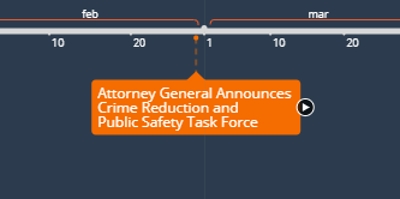The Great Recession U.S. subprime mortgage crisis Global financial crisis (jan 1, 2008 – jan 15, 2010)
Description:
The Great Recession (see "Terminology" for other names) was a period of general economic decline observed in world markets during the late 2000s and early 2010s. The scale and timing of the recession varied from country to country. The International Monetary Fund concluded that the overall impact was the most severe since the Great Depression of the 1930s.The Great Recession stemmed from the collapse of the United States real-estate market in relation to the global financial crisis of 2007 to 2008 and the U.S. subprime mortgage crisis of 2007 to 2009, though policies of other nations contributed as well. According to the nonprofit National Bureau of Economic Research (the official arbiter of U.S. recessions), the recession in the U.S. began in December 2007 and ended in June 2009, thus extending over 19 months. The Great Recession resulted in a scarcity of valuable assets in the market economy and the collapse of the financial sector (banks) in the world economy; some banks were bailed out by the U.S. federal government.
The recession was not felt equally around the world; whereas most of the world's developed economies, particularly in North America and Europe, fell into a definitive recession, many more recently developed economies suffered far less impact, particularly China and India, whose economies grew substantially during this period.
https://en.wikipedia.org/wiki/Great_Recession
The financial crisis of 2007–2008, also known as the global financial crisis and the 2008 financial crisis, is considered by many economists to have been the most serious financial crisis since the Great Depression of the 1930s.
It began in 2007 with a crisis in the subprime mortgage market in the United States, and developed into a full-blown international banking crisis with the collapse of the investment bank Lehman Brothers on September 15, 2008.[5] Excessive risk-taking by banks such as Lehman Brothers helped to magnify the financial impact globally. Massive bail-outs of financial institutions and other palliative monetary and fiscal policies were employed to prevent a possible collapse of the world financial system. The crisis was nonetheless followed by a global economic downturn, the Great Recession. The European debt crisis, a crisis in the banking system of the European countries using the euro, followed later.
In 2010, the Dodd–Frank Wall Street Reform and Consumer Protection Act was enacted in the US following the crisis to "promote the financial stability of the United States". The Basel III capital and liquidity standards were adopted by countries around the world.
https://en.wikipedia.org/wiki/Financial_crisis_of_2007%E2%80%932008
Added to timeline:
Date:
jan 1, 2008
jan 15, 2010
~ 2 years
